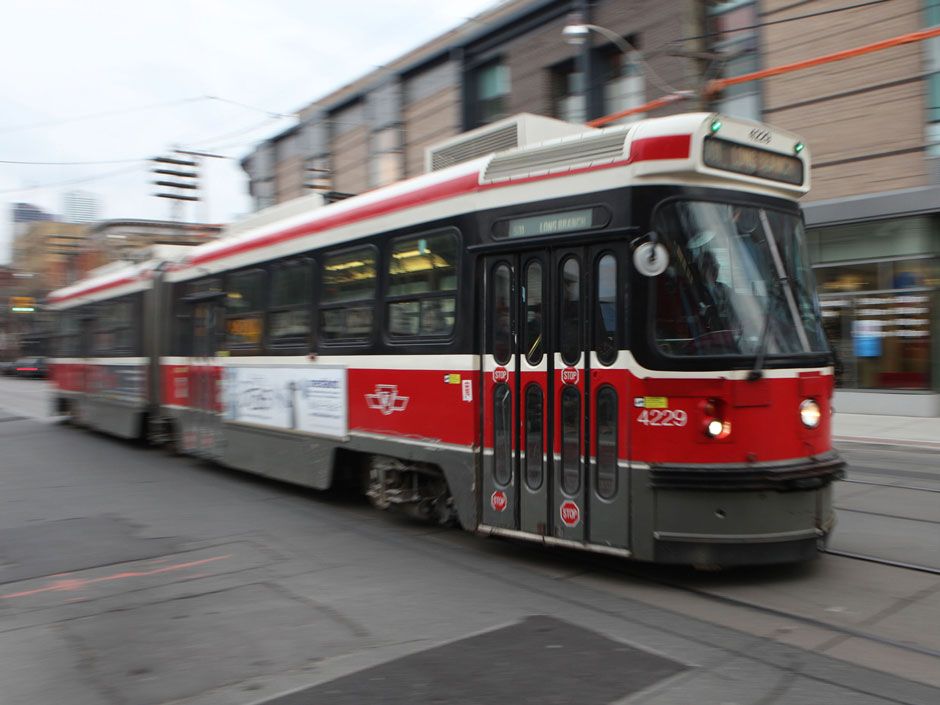The issues of the stations werent discovered until well into construction. It turned out the surveys that the TTC provided Metrolinx for underneath Eglinton station were very wrong, and they encountered a lot of unexpected utilities, concrete, garbage from the 1950s subway build etc. It was a disaster that they weren't expecting.
A similar situation happened with the “Big Becky” Niagara tunnel project. Its TBM encountered rock conditions that were different than what had been assumed/documented. Tunnelling came to a standstill for a time. The contractor took the position that this was an unforeseen that was outside the contract, the customer took a different position.
It doesn’t matter who is right or wrong….. The point is, the P3 project model is misrepresented by the political level as passing all risk to the private sector contractors, and insulating government from all risk. In fact, the contractual terms of a P3 leave some types of risks with government. There will always be some sort of dispute/claims process that sorts out these challenges, In theory, these claims processes should work effectively based on mutual understanding of the contract language and a willingness to settle up where necessary. Settlement out of court is always the better solution.
By not acknowledging and preparing the public for possible claims that go in the contractor’s favour, ML has painted itself into a political corner where it has to take public positions that may not win in court and (when ML ultimately is handed its share of the risk) there is political/public backlash. Engaging in political theatre by claiming that the contractor will be held accountable ( a sly way of pretending ML is blameless, when they may own some of the risk) is not really smart in the long term.
And then there will be the reality that if government aggressively dumps the economic impacts of unforeseens on the contractor, the contractor may just walk away. Even with P3, government must absorb the cost and impact of some things that go bump.
If ML had been reporting on progress more transparently, there might have been more acceptance of how things were going. The delay to this project is really fairly explainable, and not that untoward for a project of its size…. but a year is a long time for pundits and pols to grind it. It may only be one nail in ML’s coffin, but it won’t be forgotten soon.
- Paul

nationalpost.com




